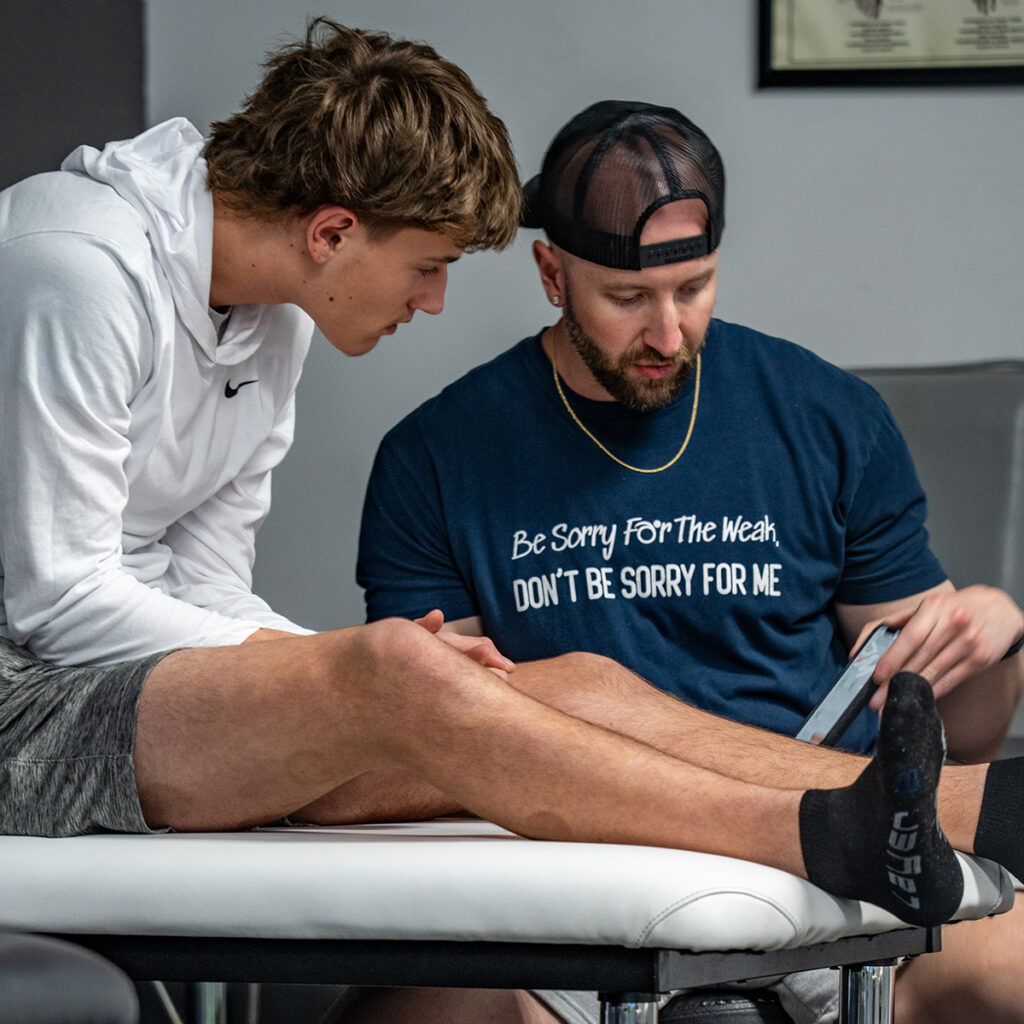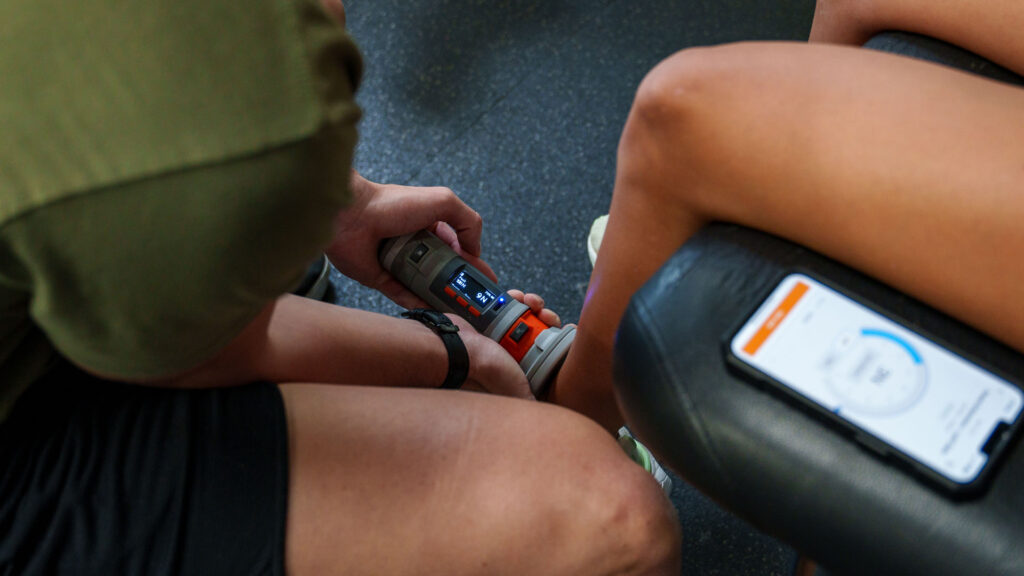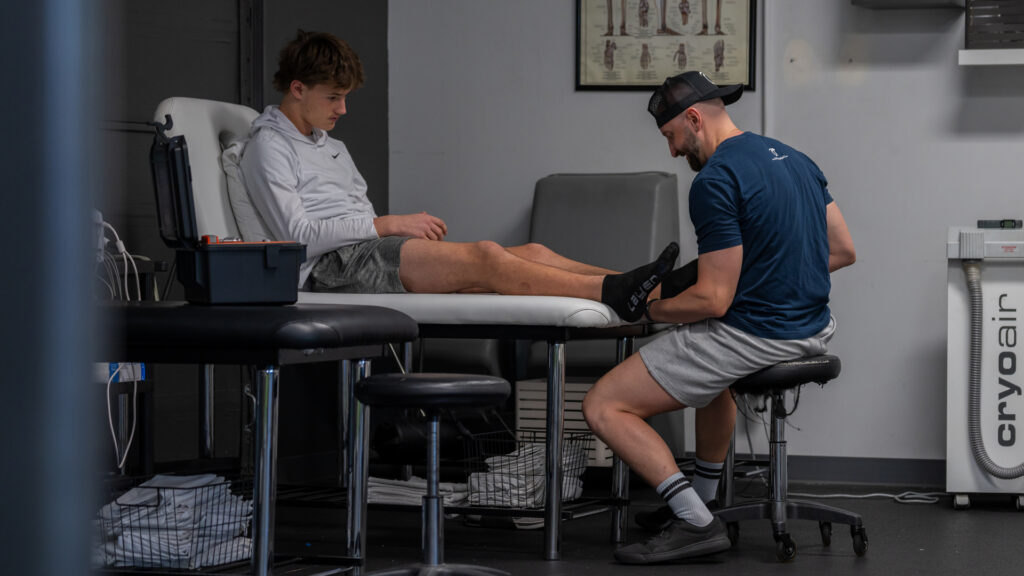If you’ve ever gone through traditional physical therapy, you might remember clipboards, generic rehab plans, and vague assessments like “how does that feel today?” While that approach works for some, it leaves a critical piece out of the recovery puzzle: data.
At MOVE Performance, physical therapy is no longer based on guesswork or one-size-fits-all solutions. Instead, MOVE takes a data-driven approach, using functional movement analysis and objective metrics to craft a plan that’s specific to your body, your goals, and your recovery timeline.
Whether you’re an athlete working your way back to competition, a weekend warrior dealing with chronic pain, or someone seeking long-term injury prevention, this type of data-informed physical therapy sets you up not just to heal — but to thrive.

Data-driven movement at MOVE means that everything from your assessment to your recovery plan is built on measurable information. Instead of relying solely on subjective feedback, the MOVE team collects hard data about how you move, where you’re compensating, and what areas are underperforming.
This includes:
These insights create a movement profile unique to you — a clear snapshot of how your body performs, where it’s struggling, and what’s needed to restore balance and performance.
For example, someone with knee pain may be prescribed quad-strengthening exercises at a standard PT clinic. At MOVE, your assessment might show that ankle mobility and hip instability are the real culprits — leading to a completely different, and more effective, recovery path.

Because most injuries are movement-based, not just muscle- or joint-based, this deeper level of analysis helps guide treatment toward long-lasting outcomes.

You’ll begin with a comprehensive evaluation that goes beyond basic injury screening. Your therapist collects data on your strength, mobility, and biomechanics, creating a movement baseline.
Rather than following a generic rehab protocol, you’ll receive a plan that aligns with your exact needs — whether that’s building core stability, correcting imbalances, or regaining shoulder overhead mobility.

